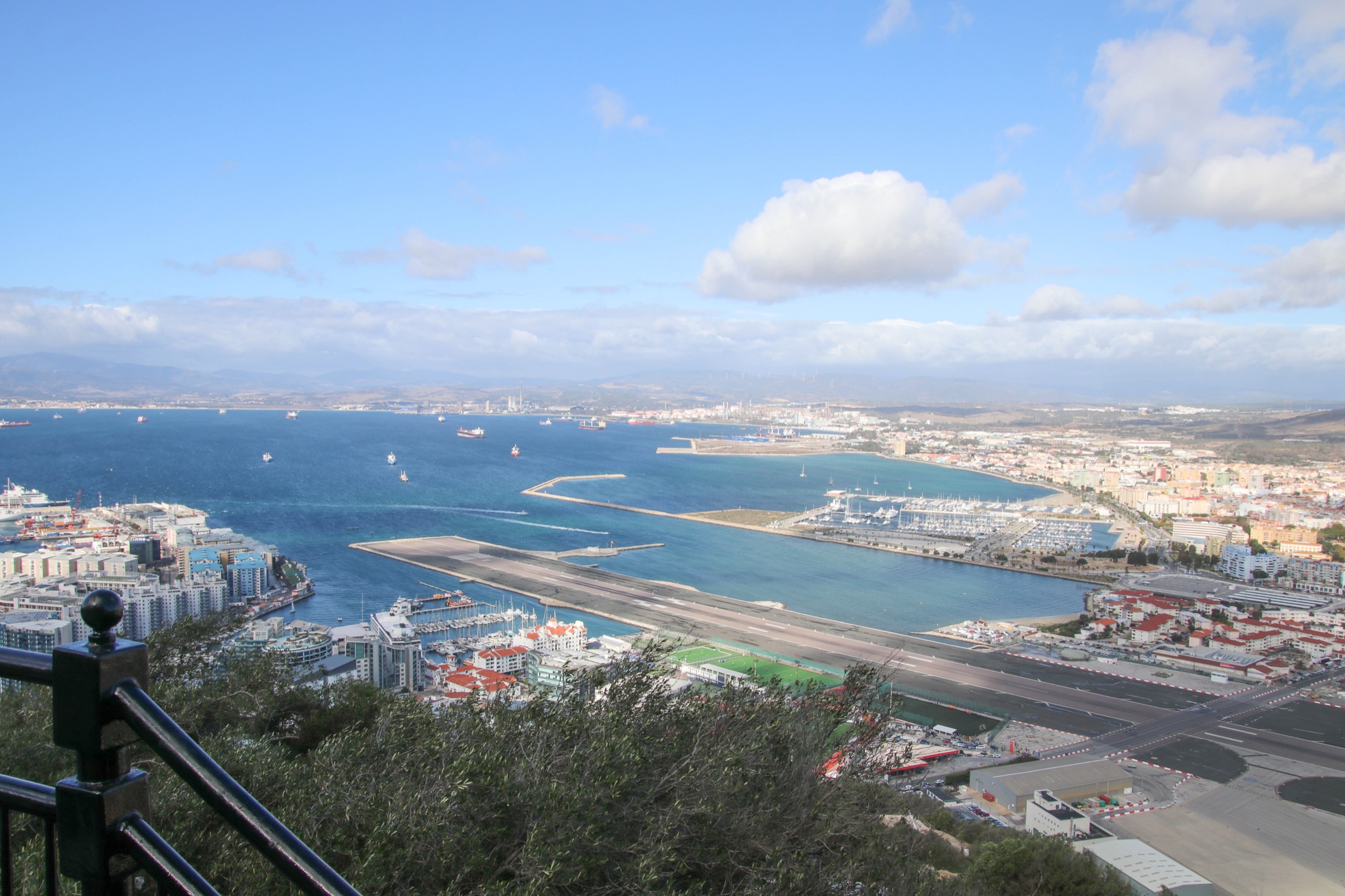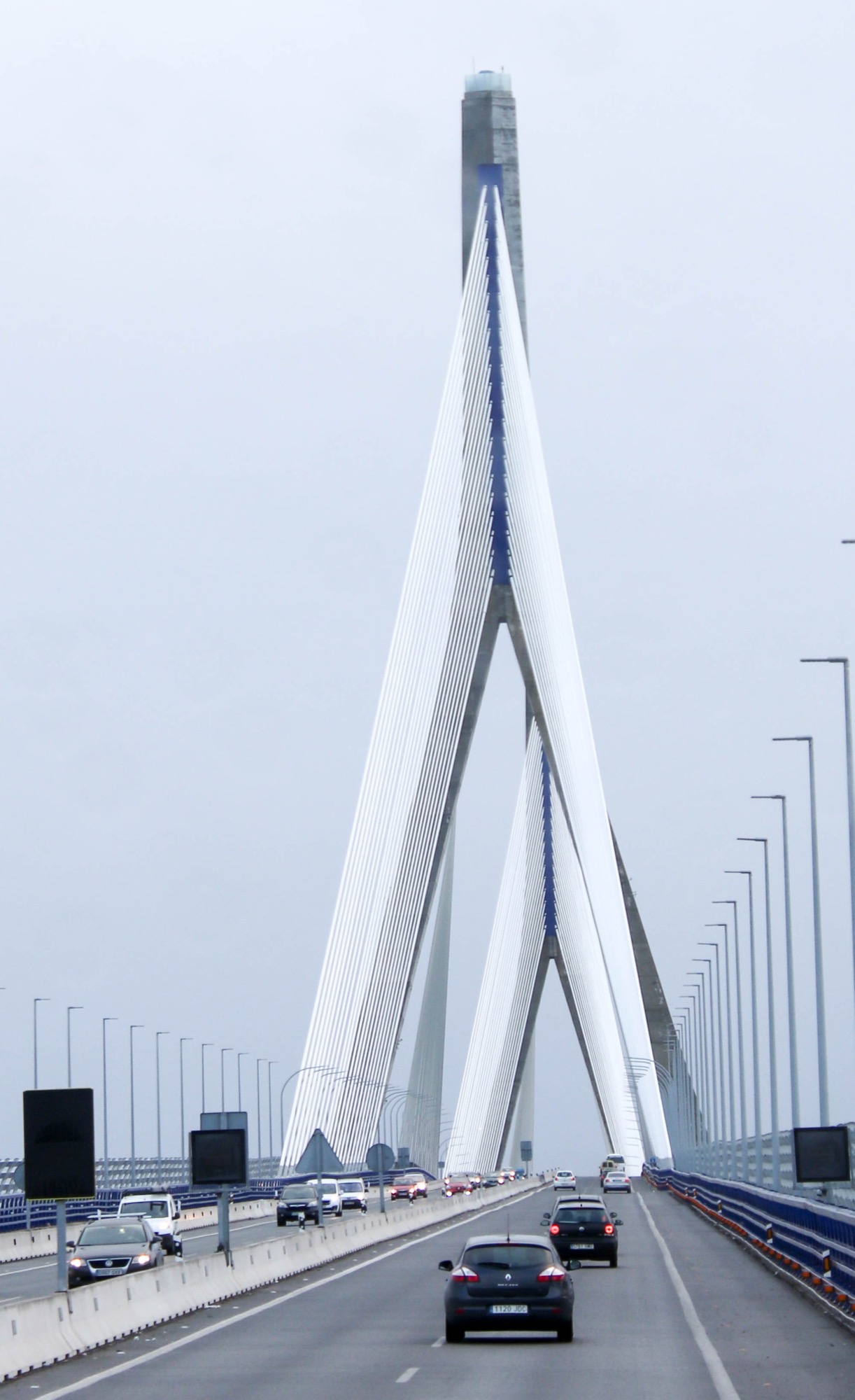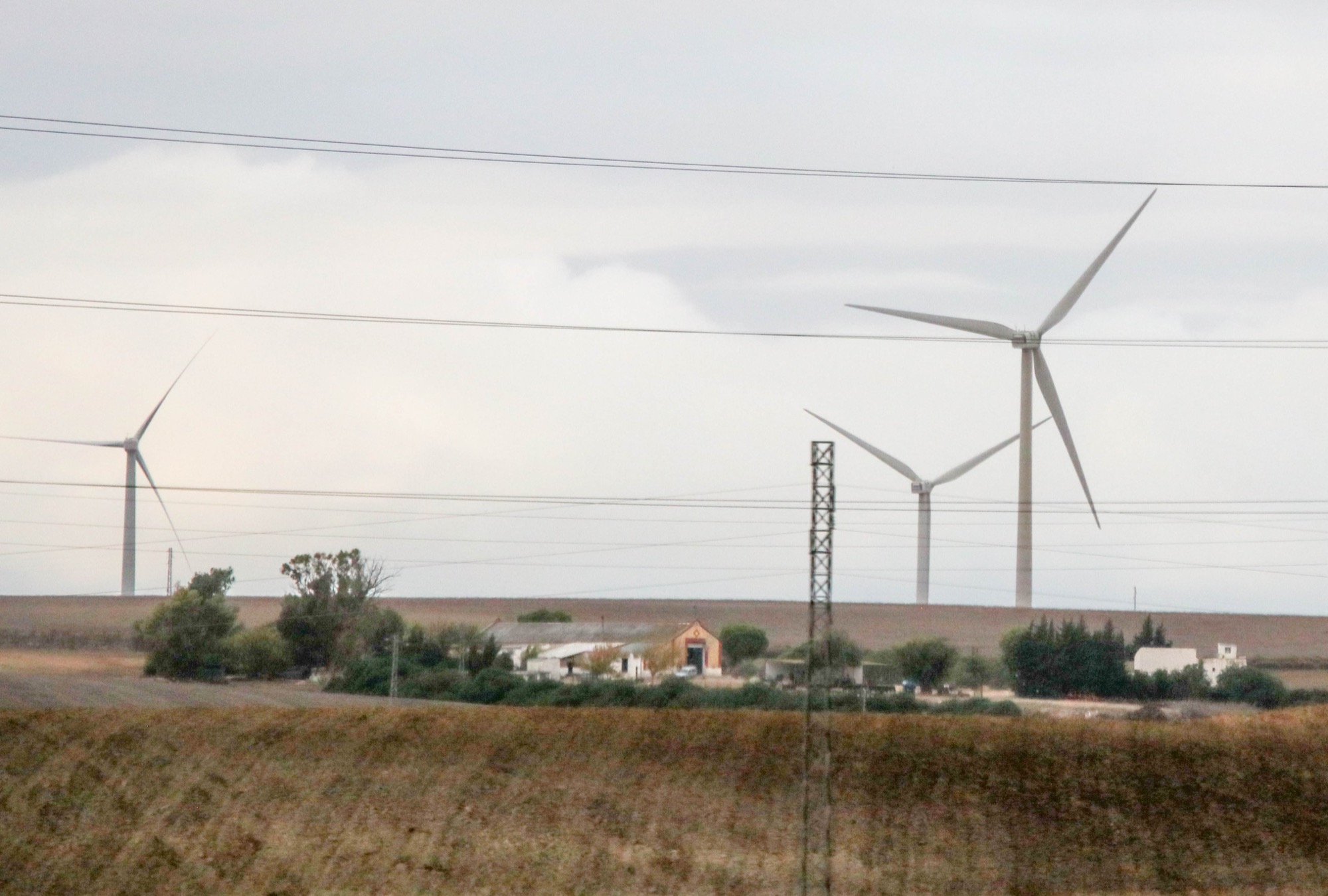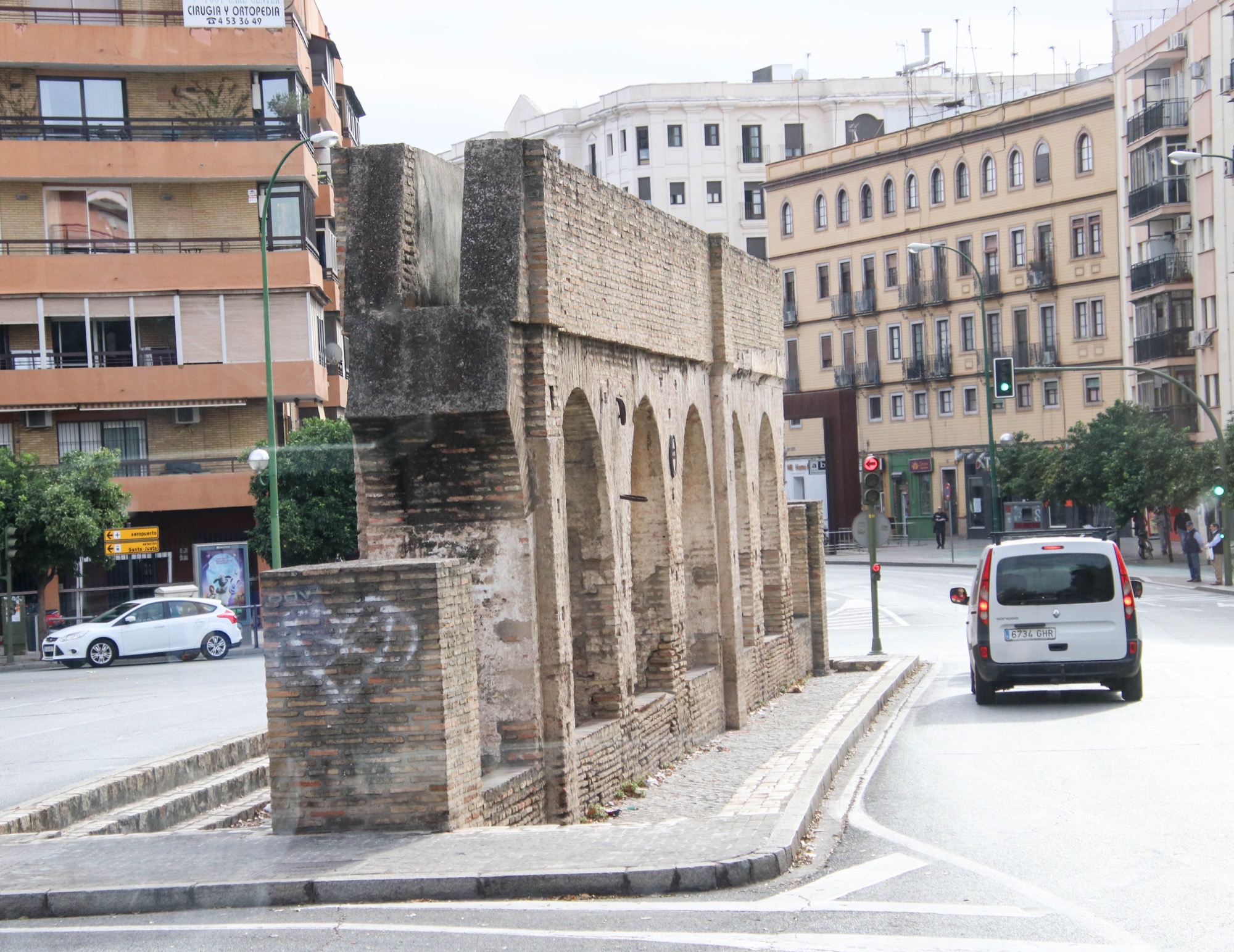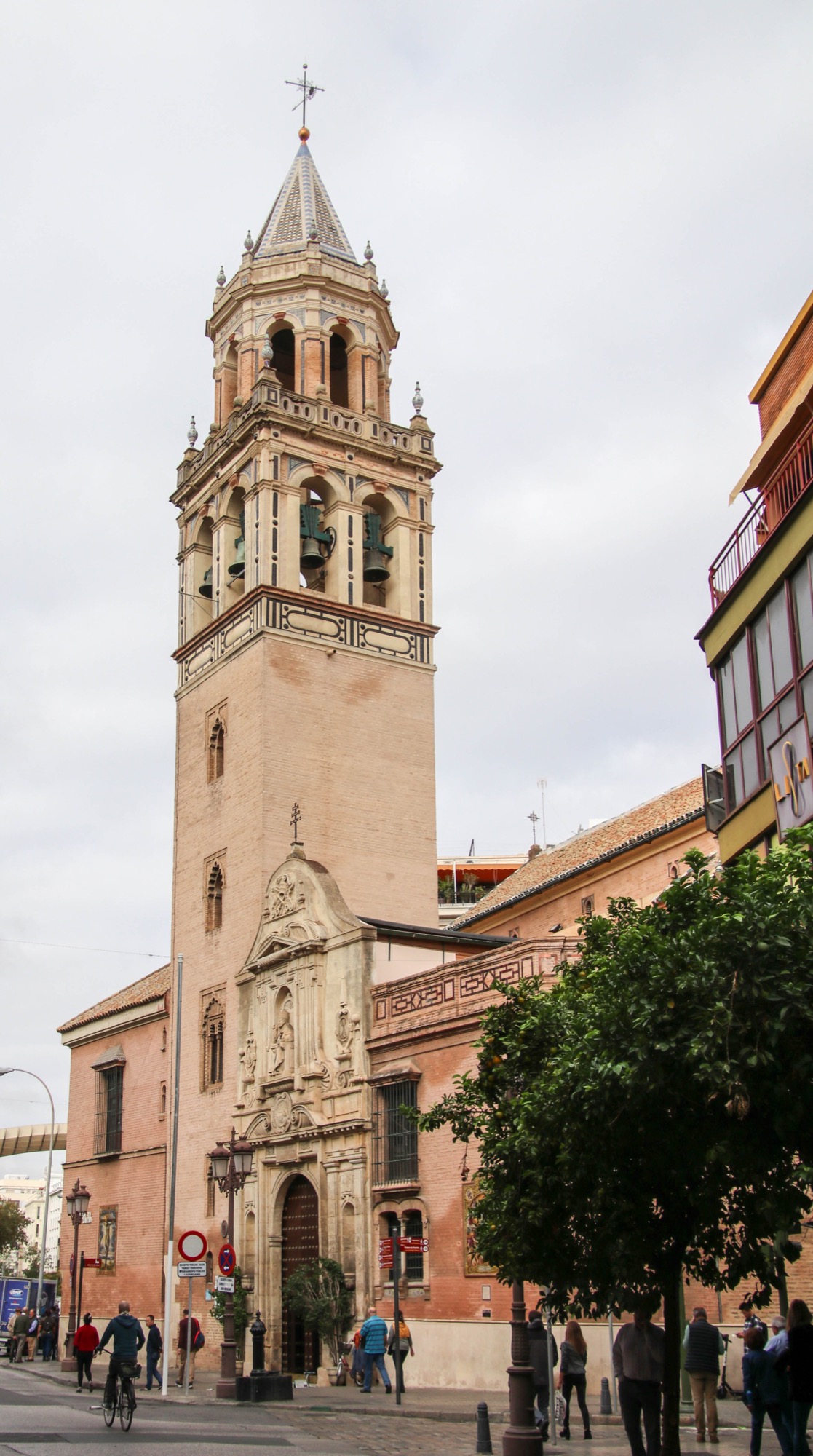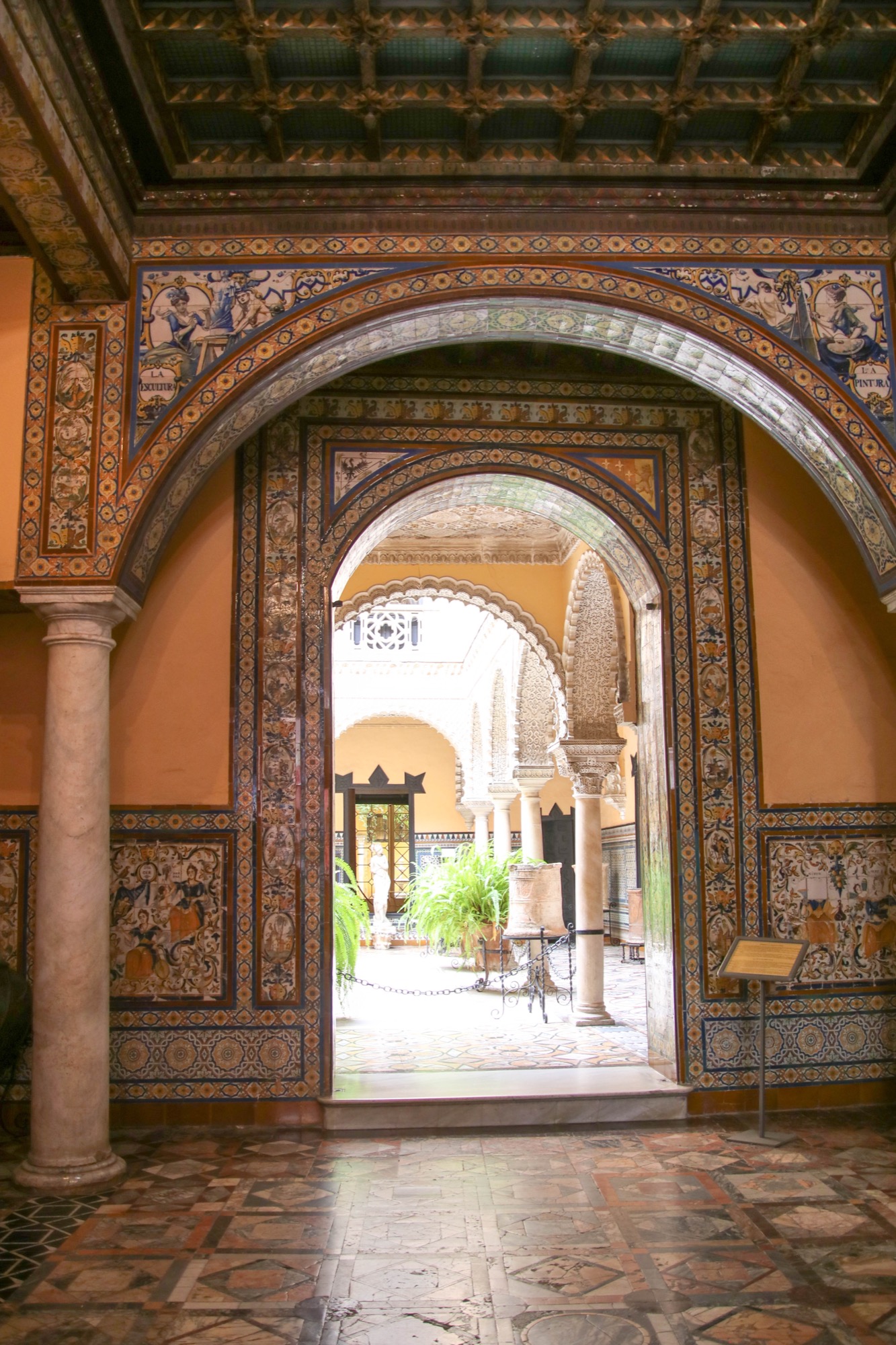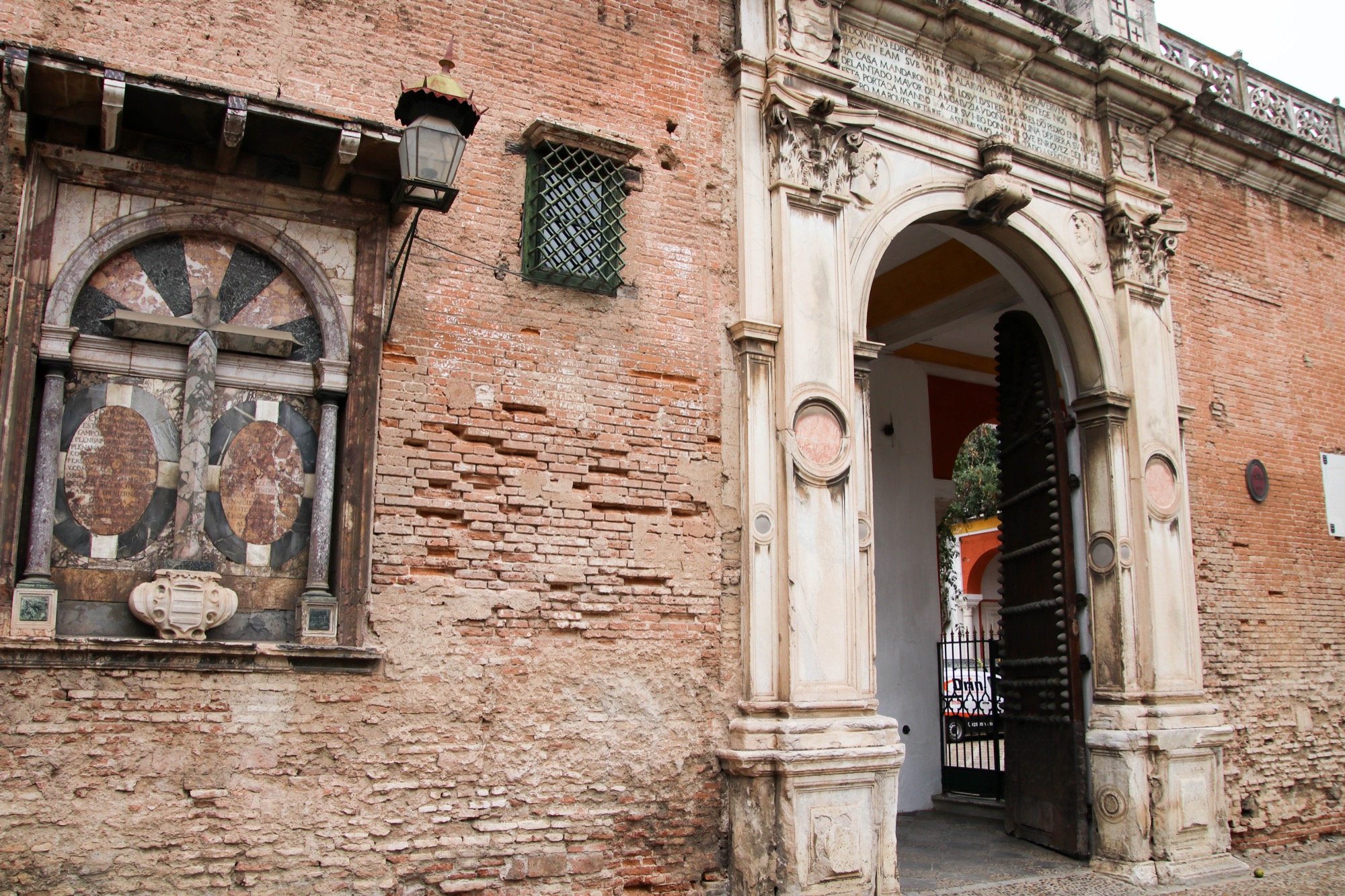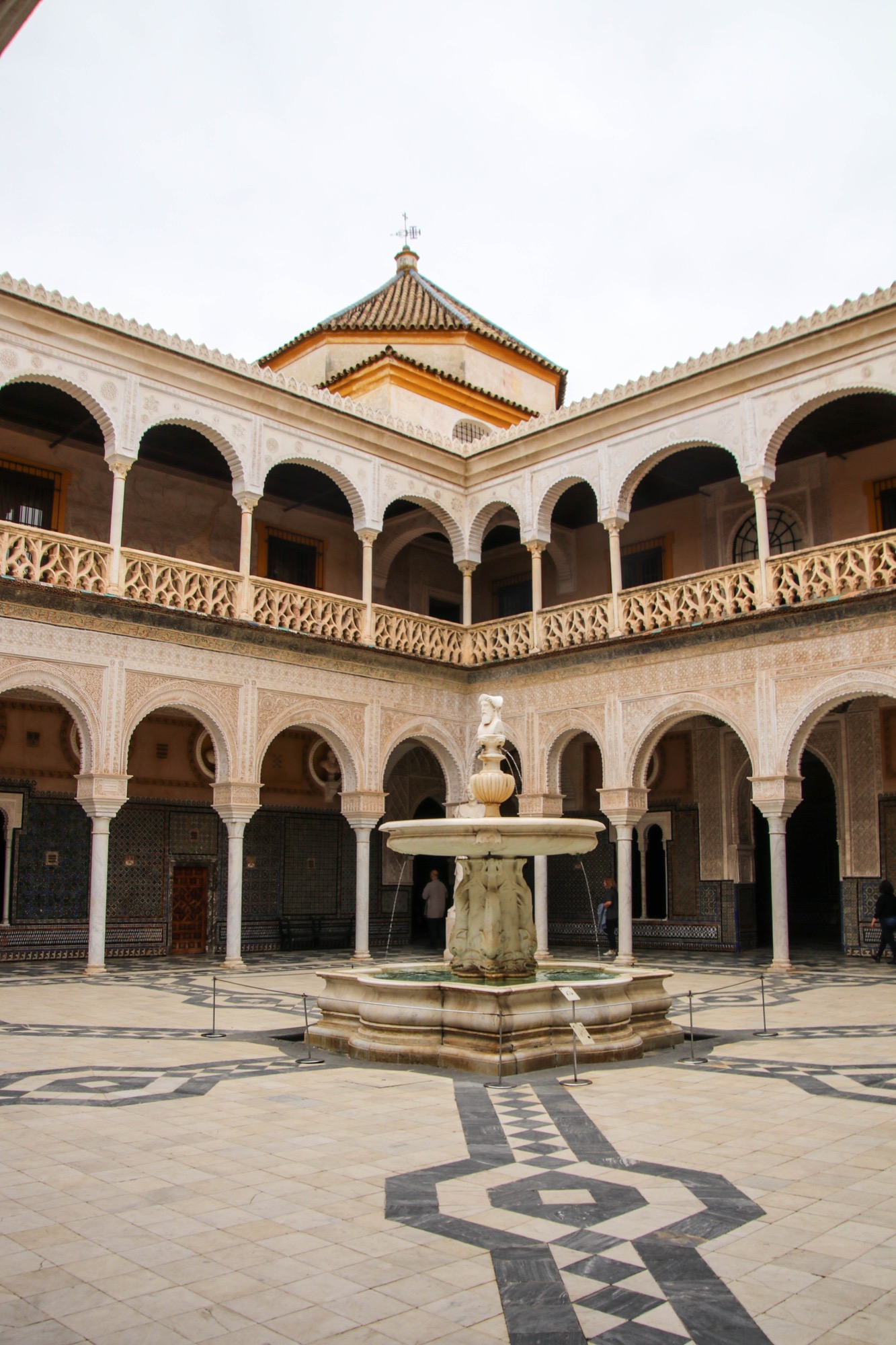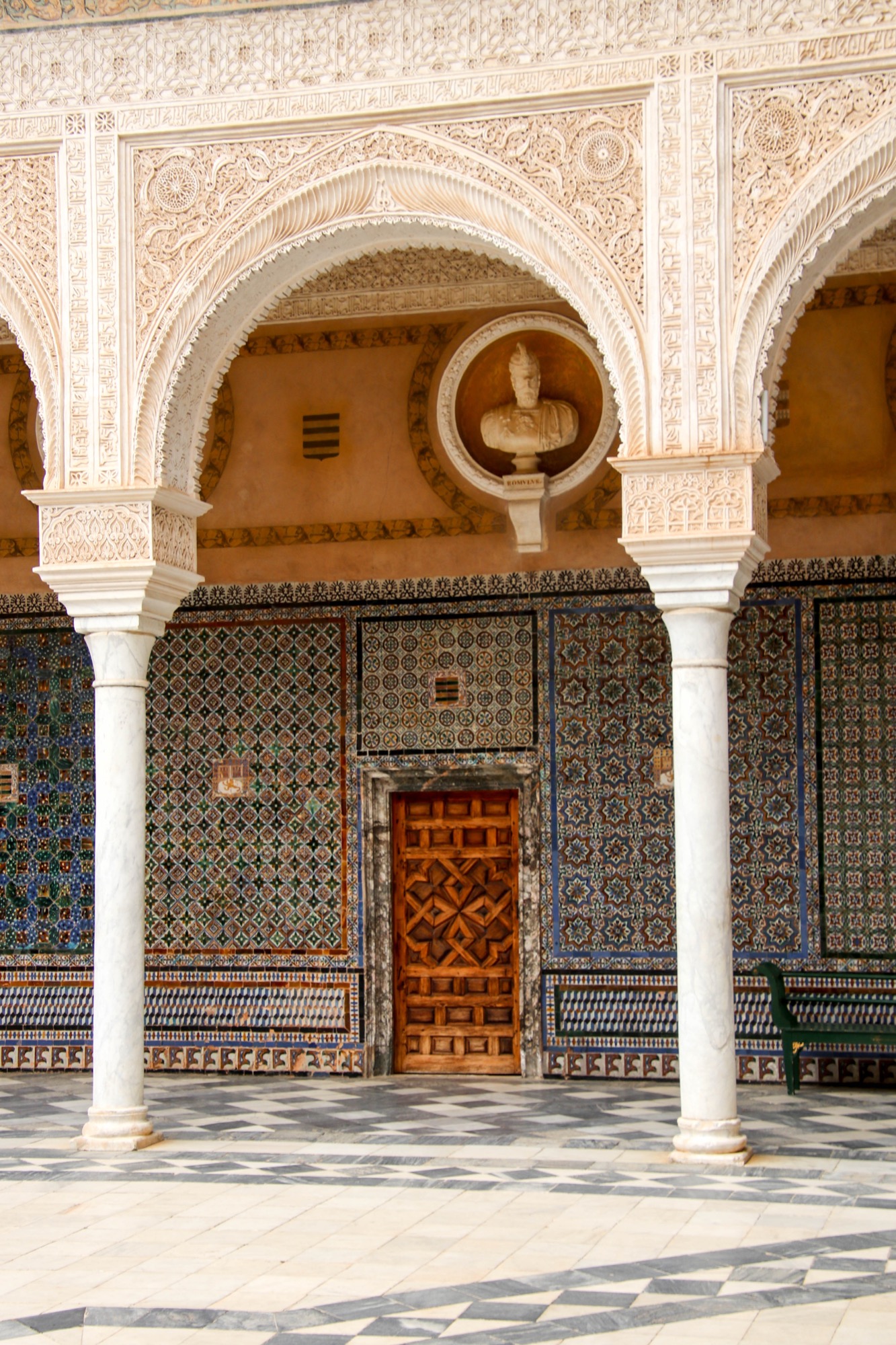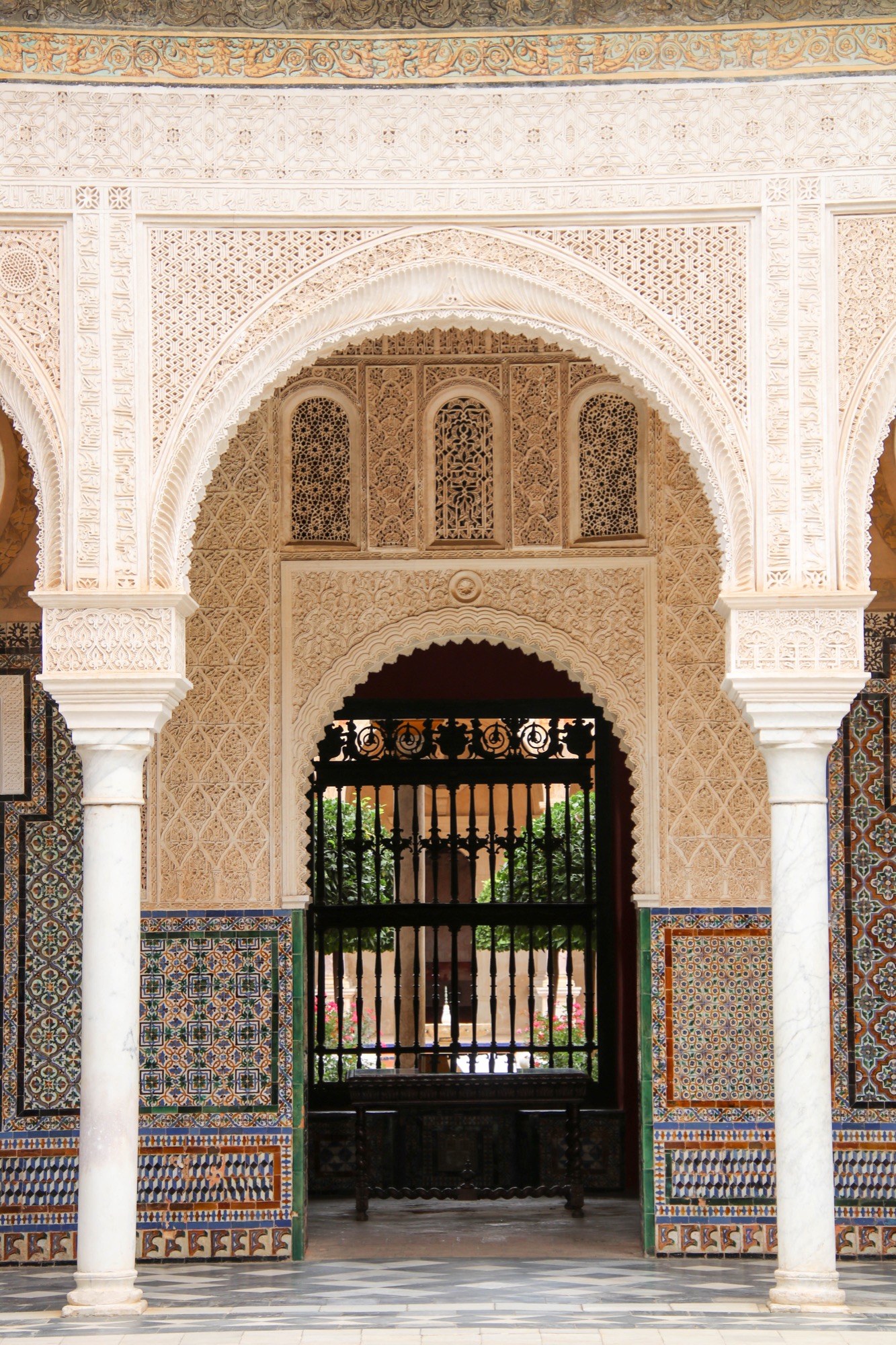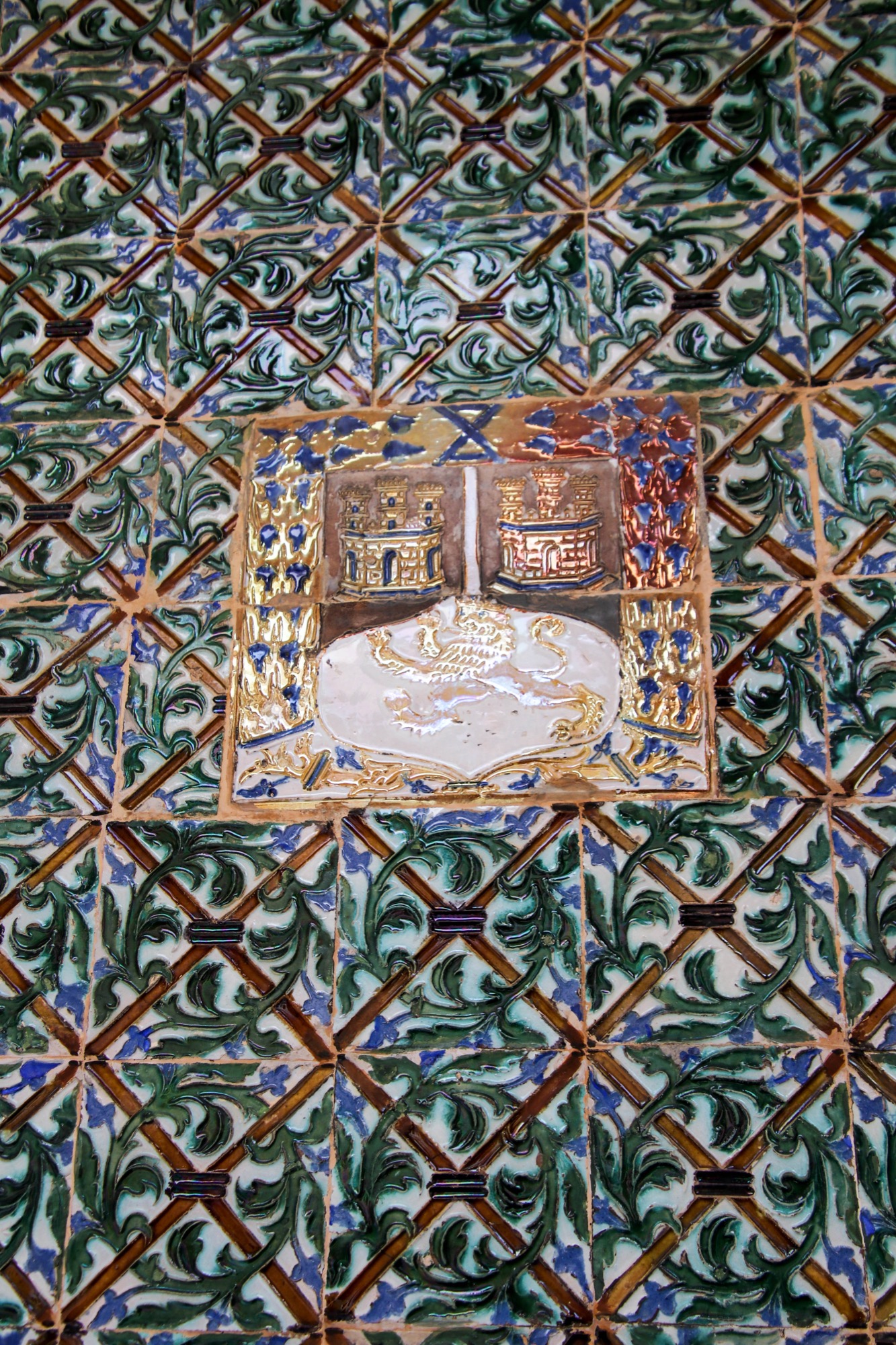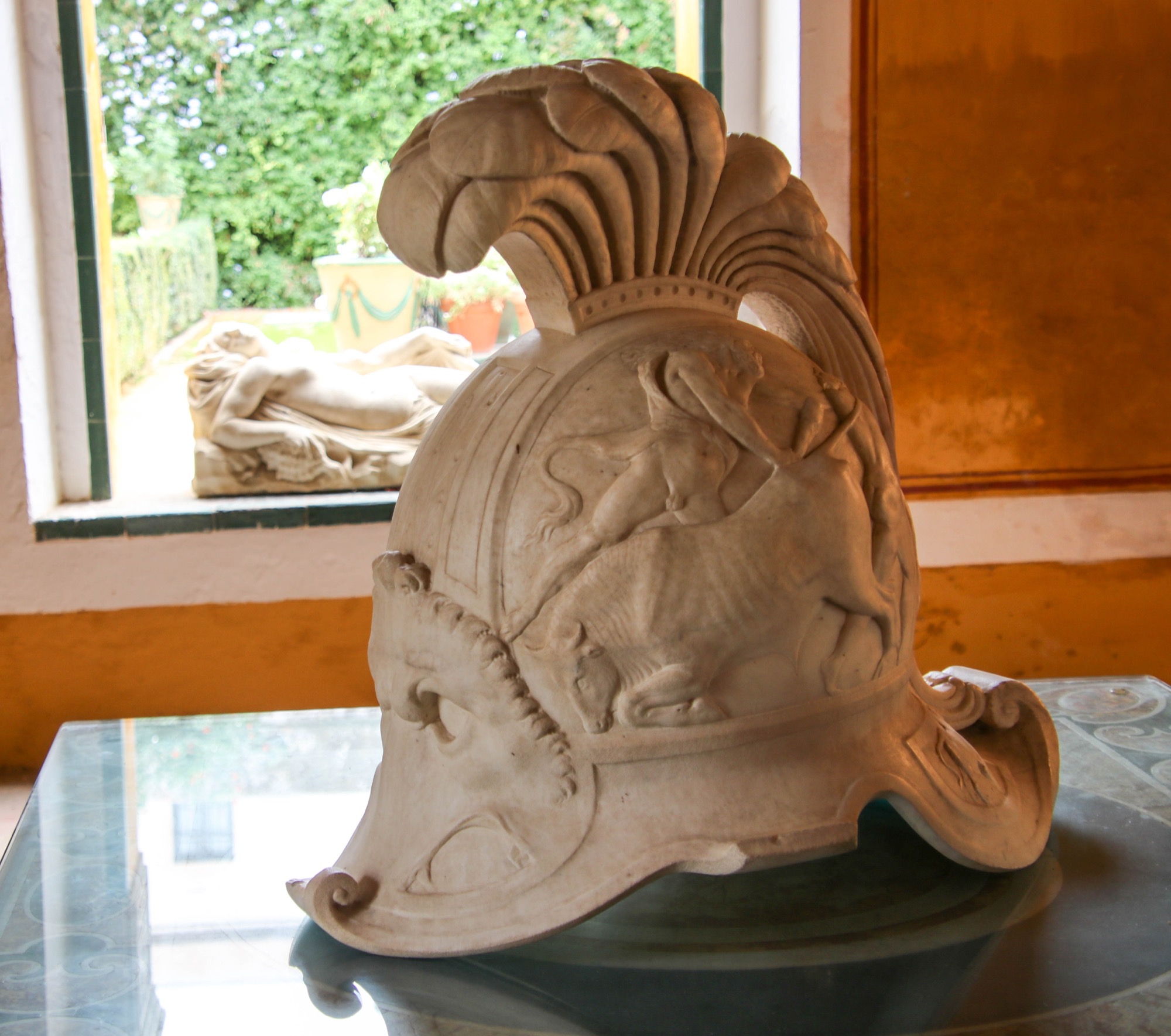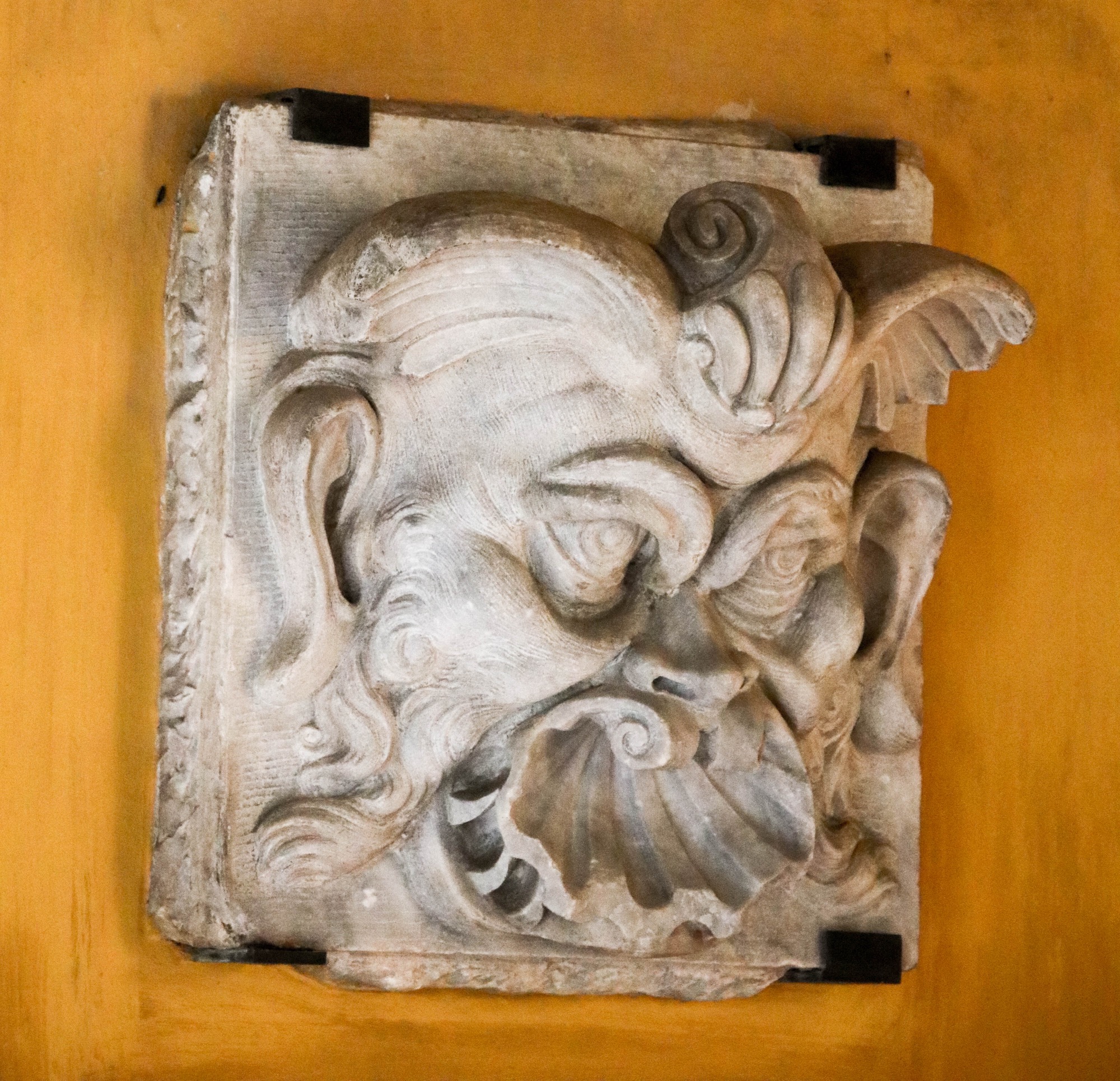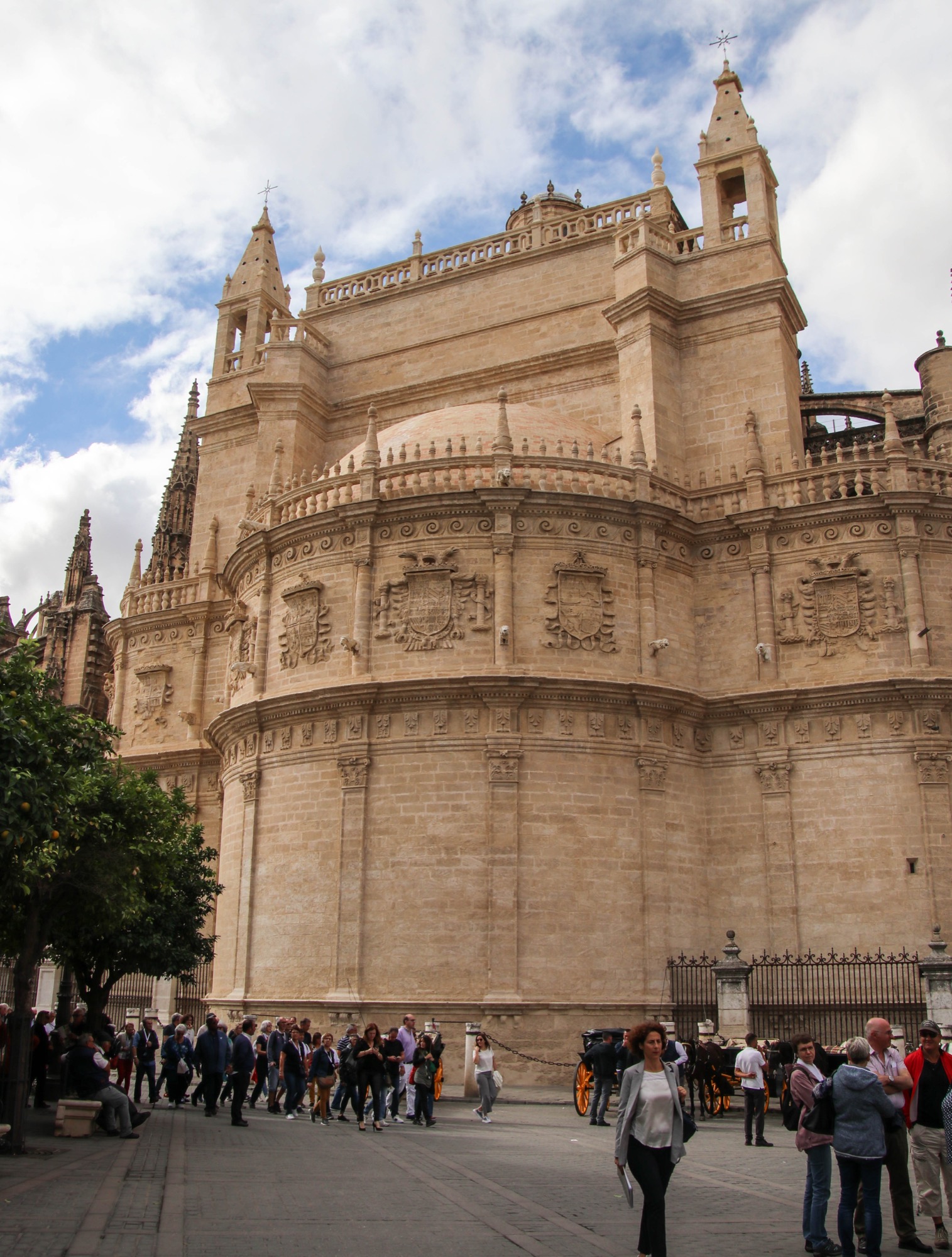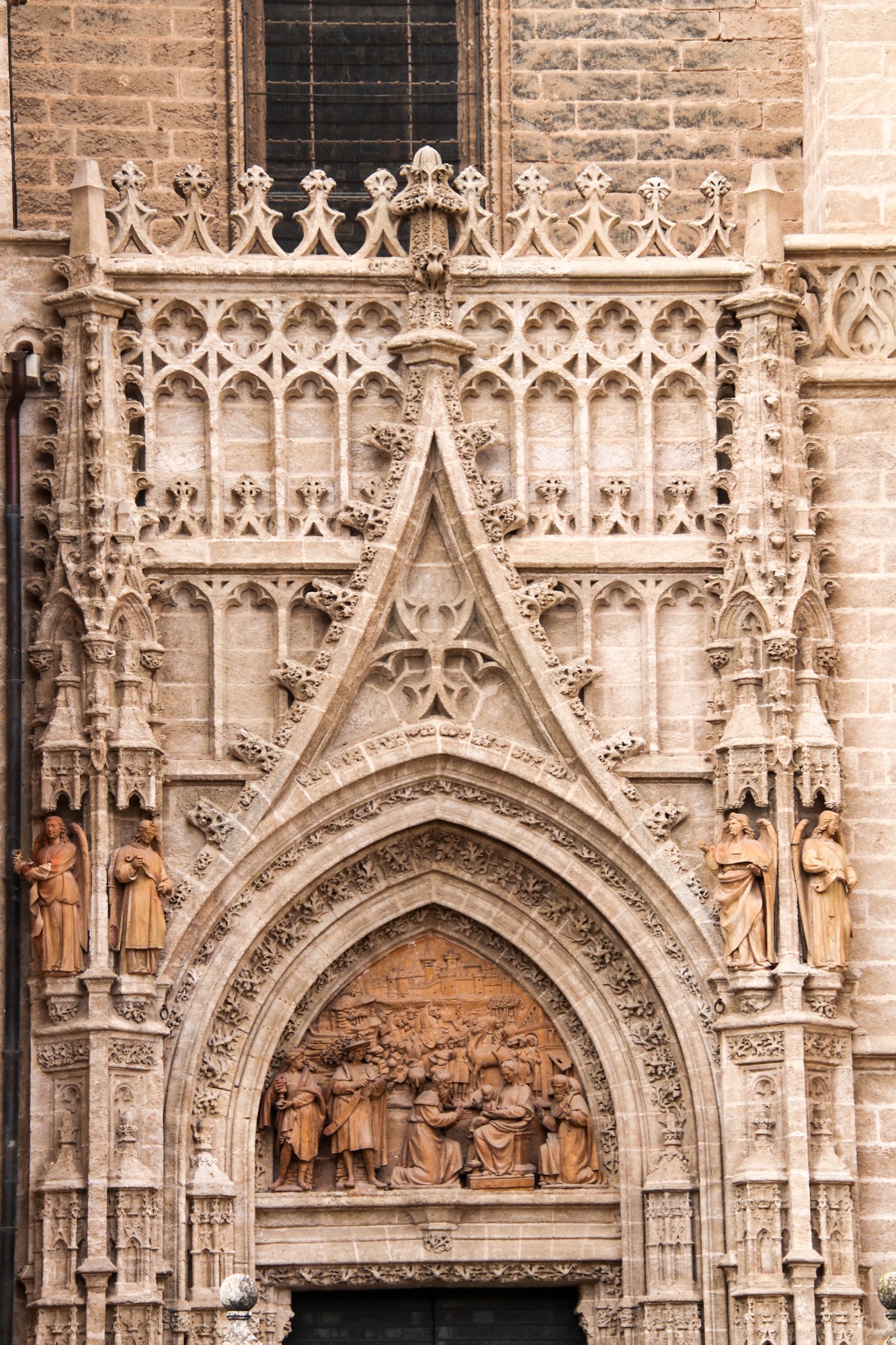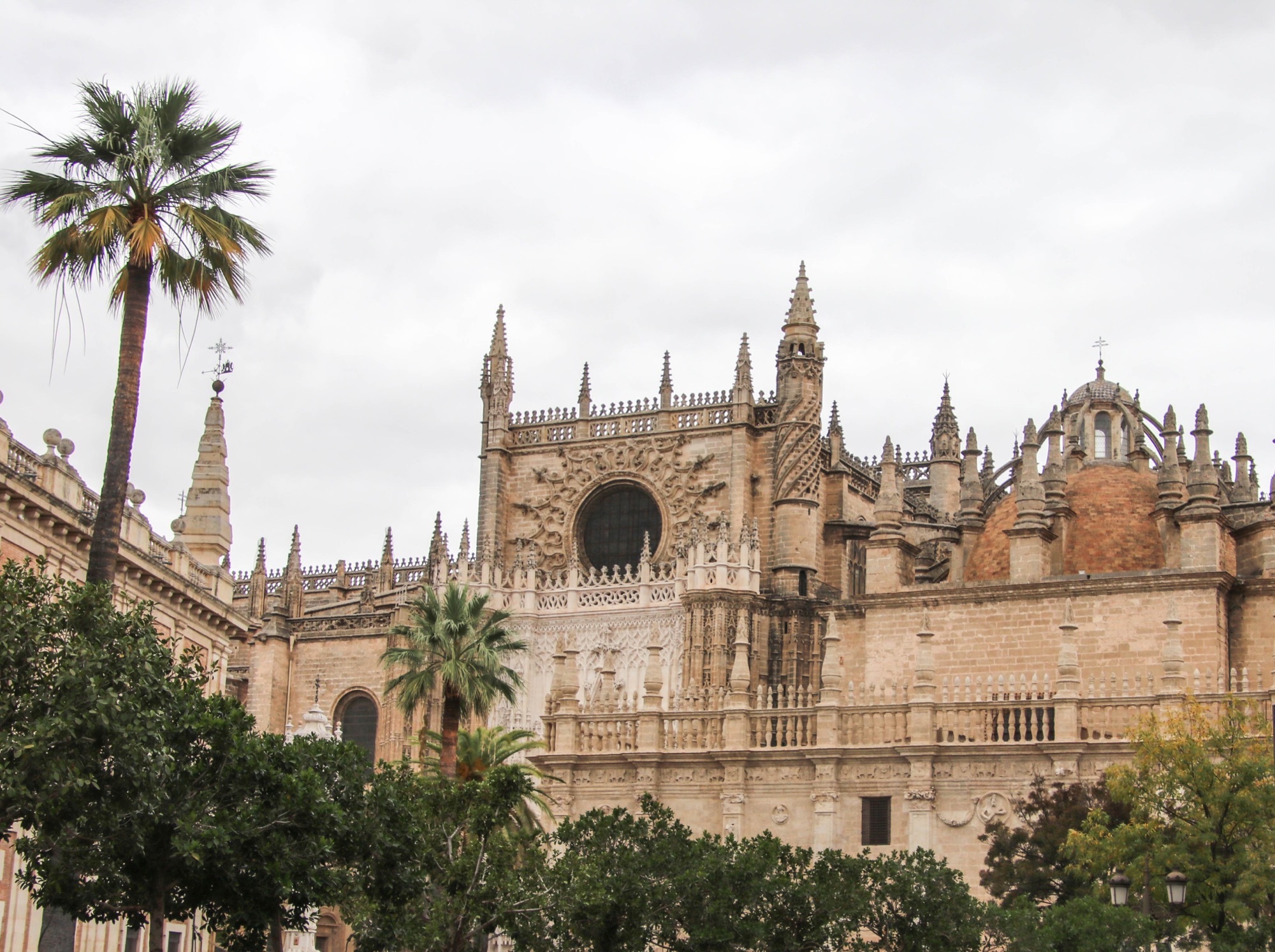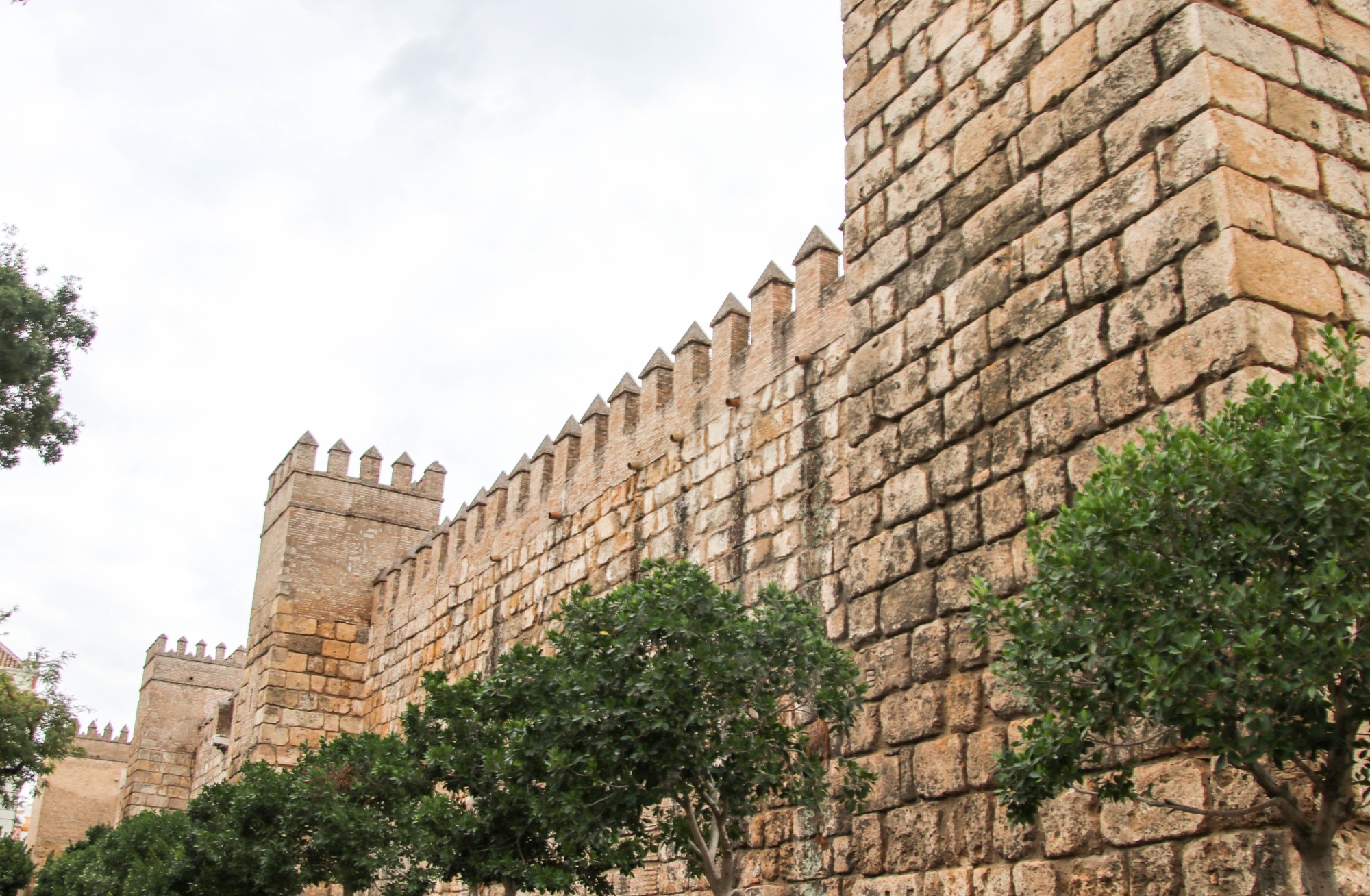An Interesting Intersection
Gibraltar International Airport is a civilian airport that serves the territory of Gibraltar, however, the runway is actually owned by the Ministry of Defense for use by the RAF.
The main road across the territory, Winston Churchill Avenue, actually intersects the airport runway and traffic is stopped every time a plane lands or takes off.
The airport first opened in 1939, but the runway was later extended by building it out over the bay using rock that was blasted from the Rock of Gibraltar while building the military tunnels inside the rock.
